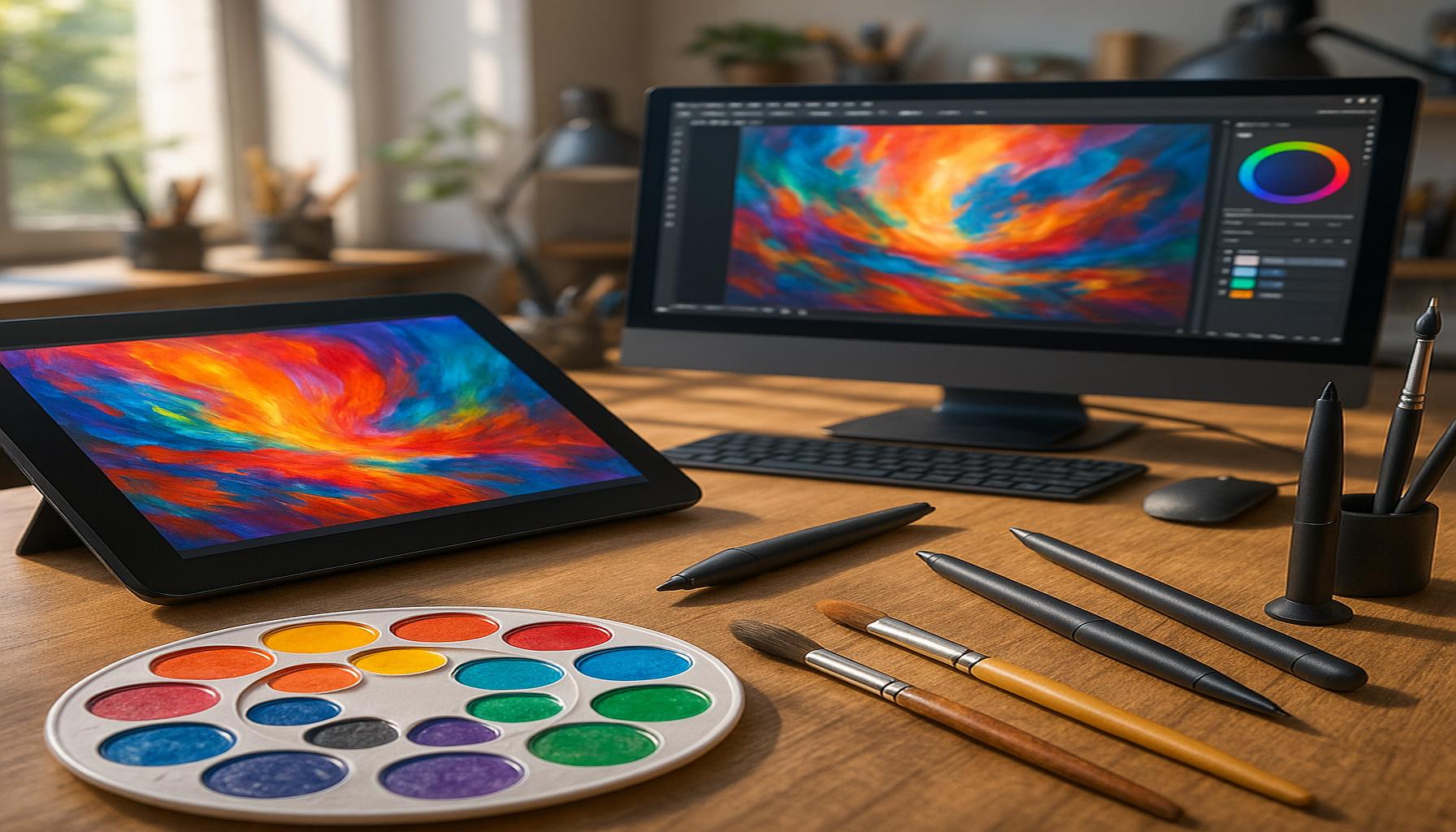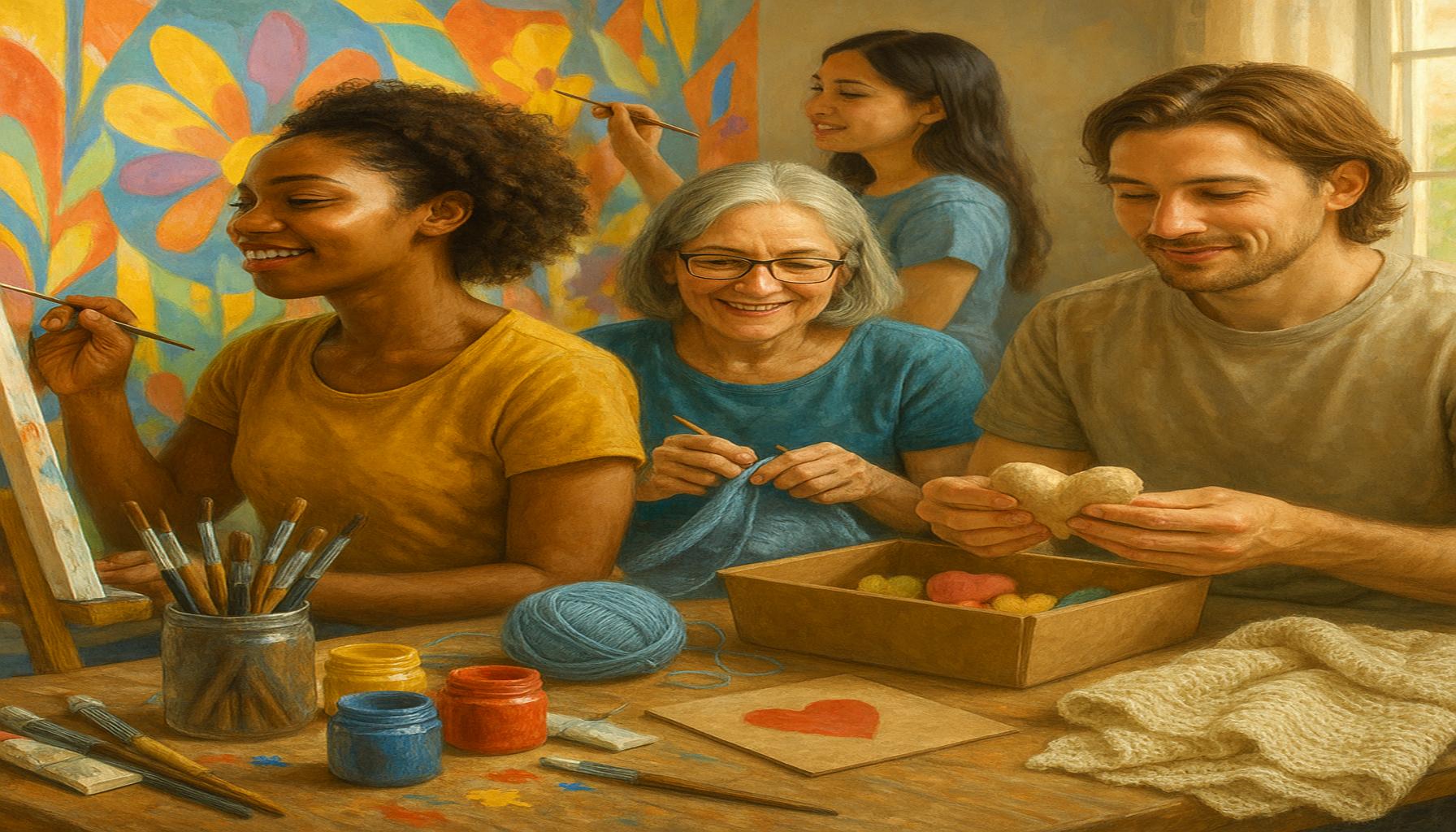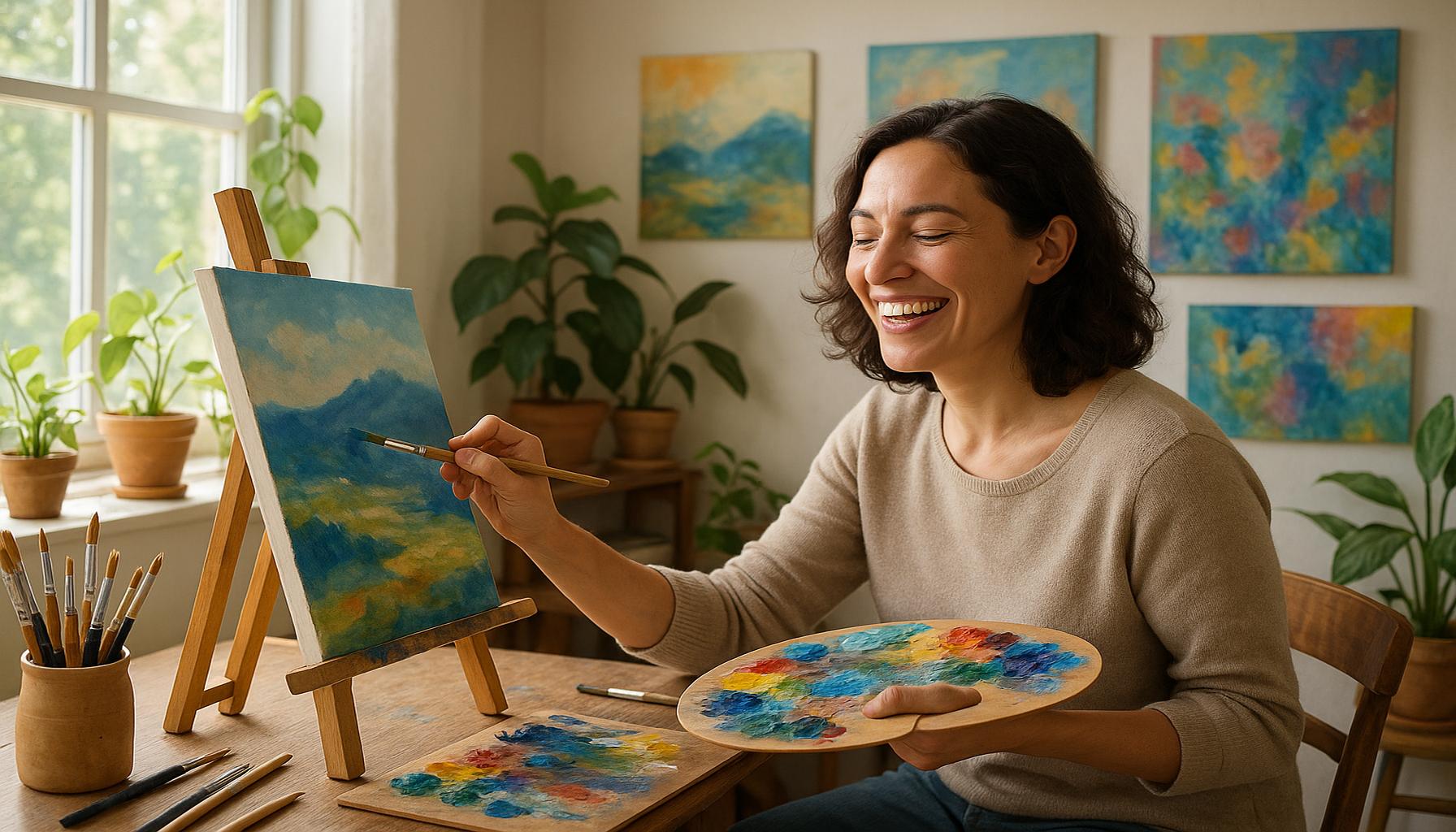Art and Unpredictability: How Experimentation Can Enrich Artistic Practice
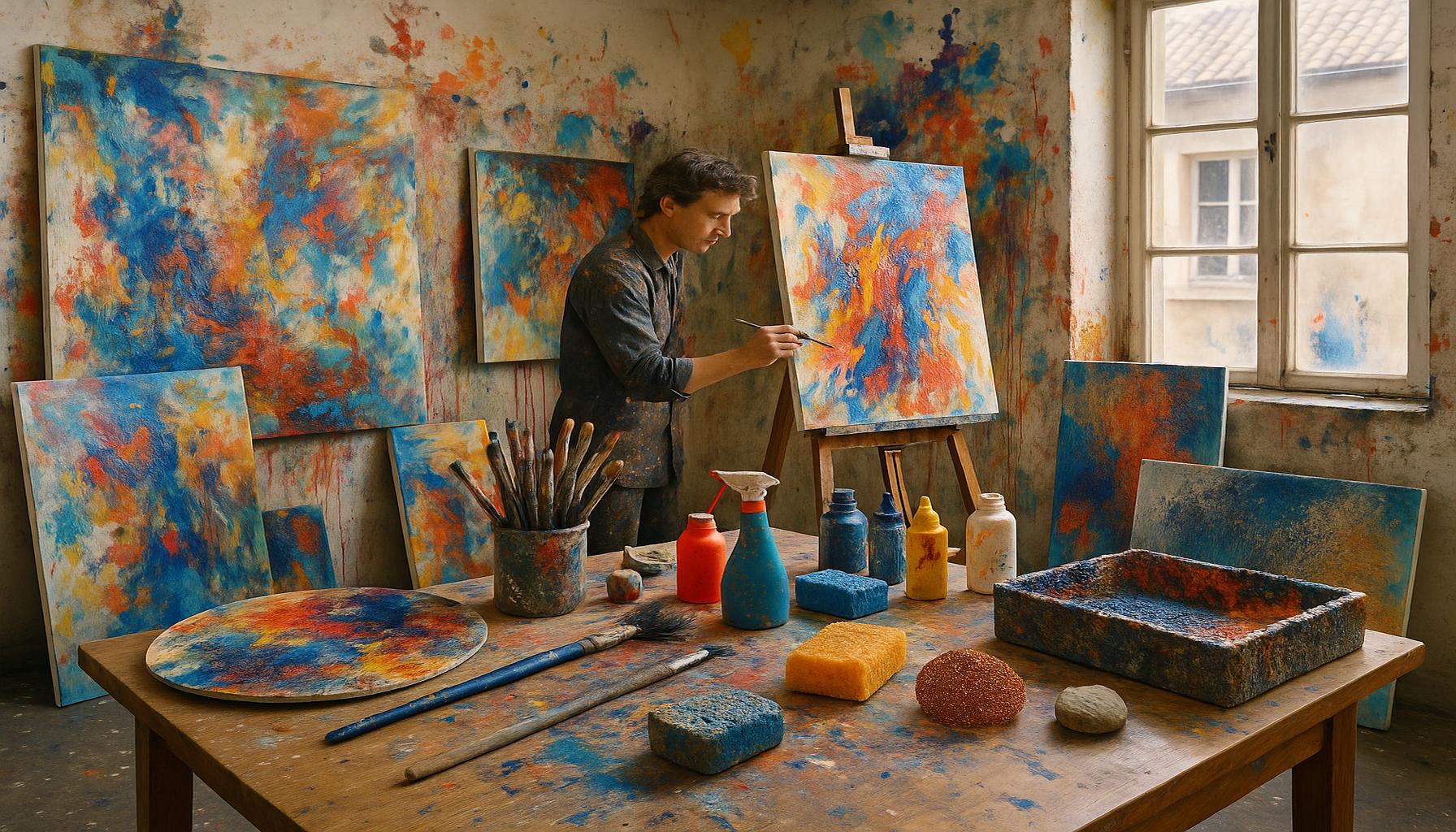
Exploring Creative Boundaries Through Unpredictability
Art has a unique ability to thrive on the delicate balance between control and chaos. In this intricate dance, the unpredictable elements can lead to groundbreaking discoveries that redefine artistic expression. For many artists, embracing the unknown acts as a catalyst, pushing them into uncharted territories that enrich their creative practices in ways they may not initially foresee. The power of experimentation becomes a vital tool, encouraging artists to step outside their comfort zones and engage in innovative processes.
History is replete with examples of artists who have harnessed the potential of unpredictability, demonstrating how liberating it can be. For instance, Pablo Picasso revolutionized art with his Cubist phase, challenging traditional representation by distorting perspective and fragmenting objects into geometric shapes. This radical approach not only expanded the boundaries of visual art but also paved the way for future movements to explore abstraction further.
Another exemplary figure is Jackson Pollock, whose iconic drip paintings invite viewers into a realm where chaos becomes the medium of creativity. Pollock’s technique, characterized by action painting, emphasizes spontaneity—creating mesmerizing works by letting paint drop and splash in unpredictable patterns. This method not only rejected traditional brush techniques but also allowed the artwork to come alive with energy and emotion, reflecting the artist’s subconscious thoughts.
Moreover, Marina Abramović has explored the intricacies of audience interaction through her performance art. Her pieces often challenge the boundaries of viewers’ emotional responses, creating a dialogue about vulnerability and presence. Abramović’s performances encourage participants to engage deeply with the art and each other, making the experience profoundly personal and unpredictable.
These influential figures underscore the transformative power of artistic experimentation. While not every endeavor results in a renowned masterpiece, the journey of exploration fosters innovation and personal growth. By engaging with unpredictability, artists can:
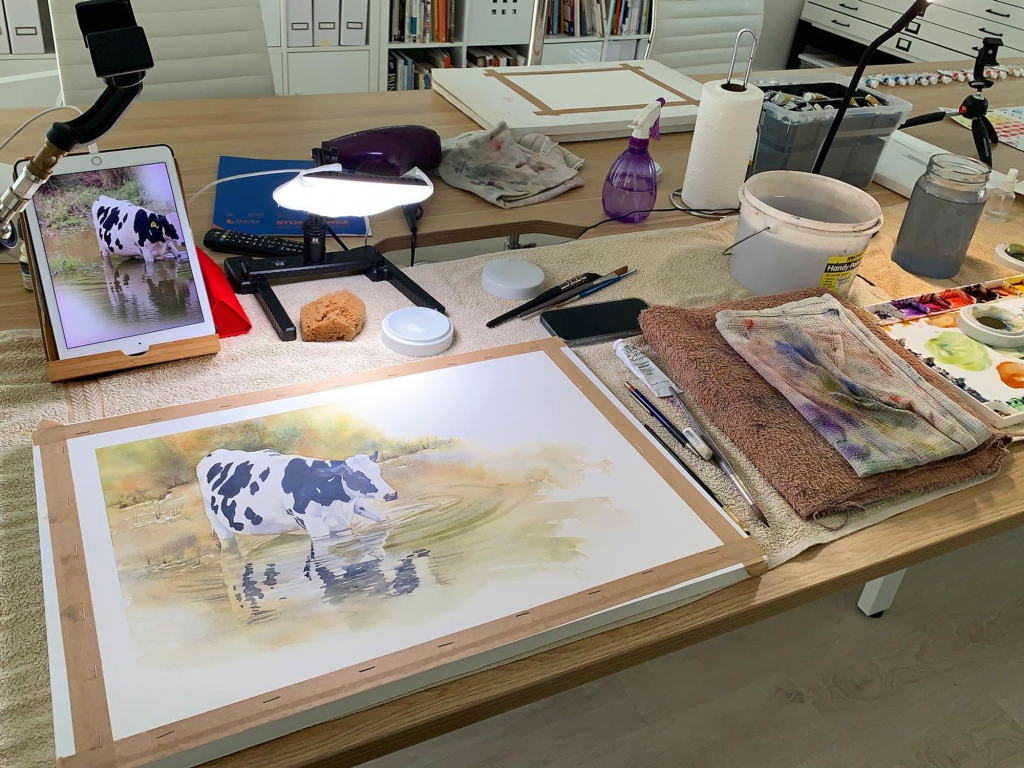
- Delve into new mediums and techniques, such as digital art, mixed media, or unconventional materials.
- Question and challenge their preconceived notions about what art should be, redefining their unique voices.
- Enhance their connection with audiences, sparking conversation and eliciting emotional responses through their works.
As artists continue to navigate this complex landscape, it becomes essential to recognize how experimentation can enrich artistic practice. Embracing the unexpected fosters a vibrant journey filled with new insights and meanings, allowing artwork to transcend traditional boundaries and resonate on deeper levels. By celebrating unpredictable creativity, artists not only cultivate their individual styles but also contribute to the broader cultural conversation, influencing future generations and evolving art as a whole.
DIVE DEEPER: Click here to discover how art can enhance your mental health
The Role of Experimentation in Artistic Growth
When we talk about artistic experimentation, we delve into a dynamic process where the familiar boundaries of creativity are actively pushed. Artists who engage in this practice often seek to challenge their skill sets while inviting new perspectives into their work. The act of experimenting allows for a refreshing detachment from convention, enabling creators to forge their own paths. This exploration fosters an environment where the unexpected not only becomes possible but also essential for transformative artistic experiences.
One might ask, how does experimentation function as a vital ingredient in enriching artistic practice? The answer lies in the myriad ways it propels an artist toward discovery. With uncertainty comes opportunity. By shifting focus from the end result to the creative process itself, artists can devote more energy to exploration. This shift can manifest in various ways:
- Adapting Techniques: Artists may experiment with different tools and approaches, utilizing everything from traditional brushes to technology-driven methods like digital painting or 3D printing. This willingness to adapt allows them to find new aesthetics and ways of engaging with their audience.
- Interdisciplinary Collaborations: Many artists team up with practitioners from other fields, such as science, technology, and performance. Collaborations often lead to unexpected outcomes that enrich both art and the associated discipline, resulting in hybrid works that challenge categorization.
- Exploring New Themes: Experimentation often prompts artists to confront complex themes, from identity to politics, in ways they might not have otherwise considered. By pushing against societal conventions, artists can explore uncharted emotional landscapes, leading to more profound connections with their audience.
Moreover, the beauty of experimentation lies in its unpredictability. Artists like Kara Walker have shown how experimentation can unveil historical narratives intertwined with contemporary issues. Walker’s striking cut-paper silhouettes invite viewers to confront challenging topics such as race and gender, employing a form of artistic inquiry that encourages discourse long after the artwork is experienced. Thus, her work becomes not only about the visual but also the emotional engagement with complex societal conversations.
Additionally, the impact of unpredictable moments can often yield serendipitous discoveries. Robert Rauschenberg‘s “Combines” serve as an example where accidental elements are intentionally integrated. By combining painting, collage, and sculpture, Rauschenberg redefined the static nature of visual art, creating dynamic interactions between objects and ideas. In doing so, he opened doors for others to explore similar intersections, effectively expanding the definition of art.
By embracing unpredictability, artists often find themselves standing at the forefront of innovation. This willingness to explore the uncertain not only enriches their individual practice but also contributes to a collective evolution in the art world. The probing questions raised in this ongoing dialogue continuously reshape the artistic landscape, inviting both artists and audiences alike to embrace the unpredictable journey ahead.
| Category of Experimentation | Benefits to Artistic Practice |
|---|---|
| Cross-Disciplinary Approaches | Encourages innovative thinking by blending techniques from different art forms, leading to unique creations. |
| Embrace of Failure | Fosters resilience in artists, allowing them to view setbacks as opportunities for growth and discovery. |
| Material Exploration | Unpredictable outcomes through the use of unconventional materials can lead to unexpected artistic results, enhancing creativity. |
| Auditory Experimentation | Incorporating sound in visual arts can provide new layers of expression, influencing viewers’ emotional responses. |
The theme of art and unpredictability in experimentation sheds light on how artists can fully immerse themselves in unpredictable practices that can significantly enrich their creativity and versatility. By drawing from various disciplines, artists not only uncover new expressive methods but also create a dialogue between forms that can redefine audience perceptions. Embracing failure becomes a revolutionary approach where every mishap provides valuable lessons, leading to a fuller understanding of their artistic voice. Additionally, experimenting with materials, whether traditional or unconventional, can evoke surprising results; this unpredictability becomes a catalyst for innovation. Similarly, integrating sound into visual arts can forge a profound connection with audiences, enabling a multi-sensory experience that deepens artistic engagement. Through these avenues, artists can transform their practices, making each creation a distinctive reflection of their explorative journey.
DISCOVER MORE: Click here to dive into international cuisine
Unpredictability as a Catalyst for Innovation
As artists immerse themselves in the unpredictable waters of experimentation, unforeseen connections often emerge that transcend traditional genres and forms. One intriguing aspect of this unpredictability is how it allows for the emergence of new artistic movements. For instance, the rise of street art can be attributed to artists stepping outside conventional gallery spaces and embracing public environments. Creators like Banksy and Kaws, primarily known for their urban interventions, redefine the value and accessibility of art, transforming it into a community dialogue rather than a solitary viewing experience.
Through their public installations, these artists demonstrate how unpredictability not only captivates an audience but can also challenge accepted norms within the art world. With the art becoming part of the everyday landscape, the experiments that arise from the spontaneous nature of graffiti and street murals provoke conversations about ownership, context, and audience engagement. This shift highlights how artistic practice is continuously reshaped through experimentation in the face of unpredictability.
Additionally, embracing unpredictability empowers artists to question existing narratives, further enriching their work. Conceptual artists such as Marina Abramović have made significant strides by integrating the live experience into their art, inviting onlookers to partake in their creative process. In her widely publicized work, “The Artist is Present,” Abramović presents a stark reflection on intimacy and vulnerability, capturing the ephemeral moment shared between the artist and the viewer. In doing so, she disrupts established methods of audience interaction, highlighting how the unanticipated moments of connection can be as significant as the art itself.
Moreover, unpredictability can inspire artists to find alternative solutions and medium combinations, which can significantly shift their creative trajectory. Installation artists, like Olafur Eliasson, explore environmental narratives through immersive experiences. His works often incorporate natural elements, such as light and water, to provoke engagement with both aesthetic beauty and societal concerns like climate change. Each installation brings its own set of variables from the environment, allowing for unique interactions that vary across different venues and audiences.
This reliance on external influences bolsters the idea that unpredictability is integral to innovation in artistic practice. Rather than sticking to a predetermined checklist of techniques, artists willing to embrace the unknown can yield astonishing results—moments that resonate deeply within the viewer’s consciousness.
It’s worth noting that artists often find that their willingness to take risks creates new fan bases and opportunities. For example, the advent of digital media has allowed artists to experiment with online platforms, engaging wider audiences and circumventing traditional distribution hurdles. Interactive pieces or virtual reality experiences can introduce an entirely new dimension to artistic expression. As noted by curator and writer Jessica Dublin, “The digital landscape fosters an environment where the lines between artist, audience, and artwork are blurred, empowering everyone to be a part of the artistic process.”
In embracing the unpredictable aspects of their creative journeys, artists not only reveal fresh insights into their work but also stimulate a broader cultural conversation. As experimentation leads to increasingly innovative expressions, the art world continuously evolves, inviting all participants—creators and audiences alike—to navigate this unpredictable terrain together.
DIVE DEEPER: Click here to discover the healing art of writing
Embracing the Chaos: The Future of Artistic Practice
In conclusion, the intersection of art and unpredictability serves as a powerful reminder of the limitless potential inherent in creative expression. By daring to experiment, artists not only enrich their own practices but also unlock new pathways for cultural dialogue and community engagement. The spontaneous nature of experimentation allows for innovative breakthroughs that challenge traditional hierarchies within the art world, as exemplified by the rise of street art and immersive installations.
Furthermore, the embrace of unpredictability invites a deeper consideration of viewer interaction and communal experience. Artists like Marina Abramović redefine the relationship between creator and audience, proving that the moments of connection birthed from unpredictability can often hold more significance than the artworks themselves. The reliance on external forces, be it social contexts, environmental factors, or digital platforms, amplifies the creative process and encourages artists to explore uncharted territories.
As the art world continues to evolve, the call for artists to embrace experimentation remains more relevant than ever. This journey into the unknown not only allows for personal growth and discovery but also ensures that art remains a dynamic reflection of society’s ever-shifting landscape. Ultimately, by welcoming unpredictability into their creative endeavors, artists can foster a rich tapestry of experiences that resonates with a diverse audience, transcending boundaries and enriching the realm of artistic practice as a whole. The future of art lies in this unpredictability, where innovation and experimentation flourish, inviting all to partake in the ever-evolving story of human expression.
